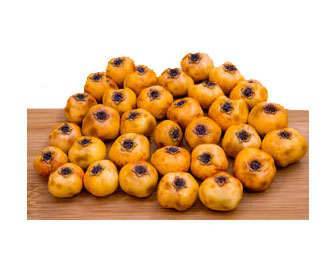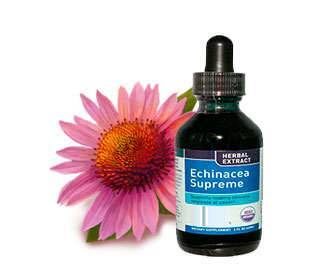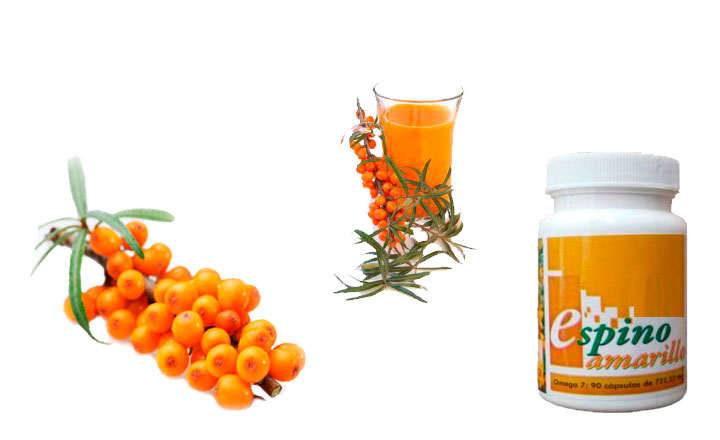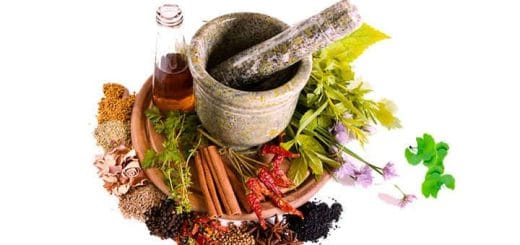Sea buckthorn has medicinal properties. It is used to treat asthma, improve blood circulation, and relieve symptoms of respiratory infections. It is a type of berry that can be purchased in capsules or in its natural form.
Contents
Sea buckthorn properties
The composition of vitamin C, folic acid, antioxidants, and carotenoids such as zeaxanthin allows it to be used for various purposes. Its technical name is “Hippophae Rhamnoides,” and it also contains lycopene and lutein, active ingredients highly valued in the properties of Raf tomato from Almería. These are also classified as carotenoids.
Additionally, it contains fatty acids and amino acids. This rich composition, which protects the skin and the body’s internal functions, makes sea buckthorn beneficial for:

- Protecting the skin.
- Providing essential vitamins.
- Serving as a tonic.
- Acting as an antioxidant.
- Having anti-inflammatory properties.
- Moisturizing dry skin and mucous membranes.
- Providing analgesic effects.
The yellow berries are widely used due to their rich content of medicinal substances, macro, and micronutrients that promote tissue growth and skin regeneration.
Furthermore, when the leaf extract is prepared, an oil is obtained that can be used as an anti-inflammatory.
Sea buckthorn oil

Widely used as an antioxidant, it protects the skin and promotes the longer retention of trace elements.
It is indicated for skin conditions such as eczema, dermatitis, and psoriasis. It also helps relieve discomfort in the intestines and supports digestive health.
Due to its fatty acid content, it promotes cellular longevity. This ensures the presence of essential nutrients for cell replication and skin repair while boosting the immune system.
Sea buckthorn oil has both topical and oral uses, meaning it can be taken internally for overall health benefits or applied externally to improve skin hydration and texture through massages and compresses.
Omega 7 content
Because it contains the monounsaturated fatty acid Omega 7, sea buckthorn is recommended for skin care and also provides benefits for mucous membranes.
It contains about 30% Omega 7, also known as palmitoleic acid. Thus, sea buckthorn oil is useful for:

- Treating inflammation and skin conditions such as eczema and atopic dermatitis.
- Moisturizing dry and flaky skin.
- Rejuvenating tissues after sun exposure.
- Relieving discomfort due to its mild analgesic effects.
Sea buckthorn-based creams are also effective. Both the oils and capsules play an important role in human health.
Other nutrients in its composition
In addition to the essential Omega 7 in sea buckthorn, there are several other nutrients that help balance the body’s vitamin levels. These include:
- Vitamins A, B1, E, and K.
- Carotenoids.
- Mucilage.
- Flavonoid glycosides.
- Iron.
- Potassium.
- Omega 7 fatty acid.
The highest concentration is found in sea buckthorn seeds and pulp. Although some of these nutrients are also present in other parts of the plant, their lower concentration makes them less valuable.
Contraindications
- Breastfeeding.
- Pregnancy.
- Minors.
Everyone else can use it, although if you have any skin conditions, it is always advisable to consult your doctor.
When taken or used in the recommended daily dose, no side effects should occur except for hypersensitivity to any of its components.
Dosage
- Fresh berries: between 40 and 50 grams per liter of water when preparing infusions.
- Syrup: add 2 to 3 tablespoons to the infusion.
Combining with other medicinal plants

In addition to being beneficial for the skin, it also helps stimulate the immune system. In this regard, it is important to note that it can be used with Echinacea angustifolia and propolis. Both enhance the body’s response to infectious diseases and help it better withstand temperature changes in autumn and winter.
Another beneficial product is elderberry or *Sambucus nigra*. If you prepare an infusion with honey, you will absorb many beneficial substances for the immune system.
Differences from hawthorn
Despite having a very similar name, hawthorn has different properties and contraindications. It has qualities and effects that help relax the nervous system, reduce stress, and support heart function.
On the other hand, sea buckthorn is used for skin conditions and as an anti-inflammatory. So, although both share the name “thorn” and have a similar shape, their composition results in very different health effects.
How to make a sea buckthorn infusion
The steps are very simple. You just need to follow the same process as for any other infusion. However, below, we detail how to make a hawthorn infusion:

- Weigh 40 grams of fresh fruits, the yellow berries.
- Heat one liter of water in a saucepan.
- When it is hot but before boiling, turn off the heat.
- Add the hawthorn.
- Let it steep for 3 to 5 minutes so that all the active compounds are released into the water.
- Wait a few minutes for it to cool down.
- Strain the liquid using a fine-mesh strainer.
- Pour yourself a cup and store the rest of the infusion in the refrigerator.
The hawthorn infusion is now ready. As you can see, it is quite simple.
If you don’t want to strain the infusion to remove the plant material, you can use a large tea infuser, a round tea ball, or prepare just one cup at a time.
How to take the capsules
- Take 2 to 3 capsules of 500 mg per day.
Drink a large glass of water with the capsules. This helps their dissolution in the stomach and intestines, ensuring proper metabolism of all vitamins and minerals.
Each capsule contains palmitic acid, palmitoleic acid, and Omega 7. If you choose juice, you can take it alone or diluted in water.




Very good information.
Thank you very much, Daniel. I’m glad the information about the sea buckthorn and its properties was useful.